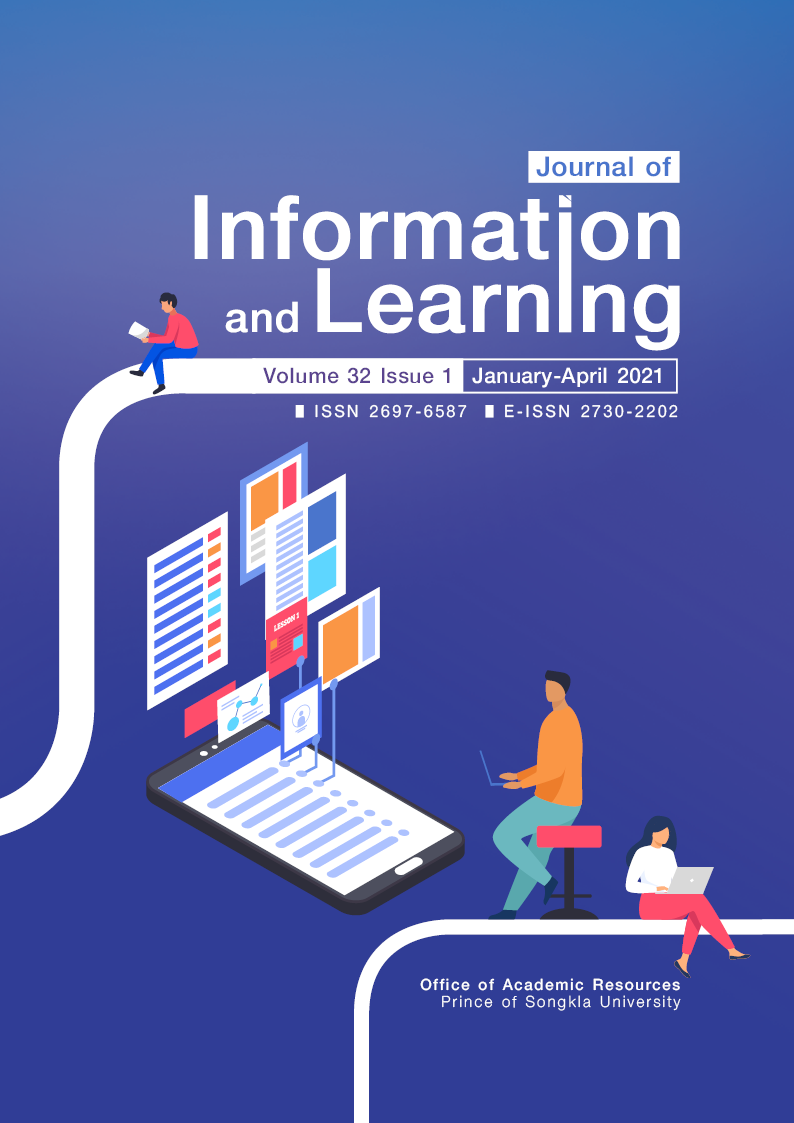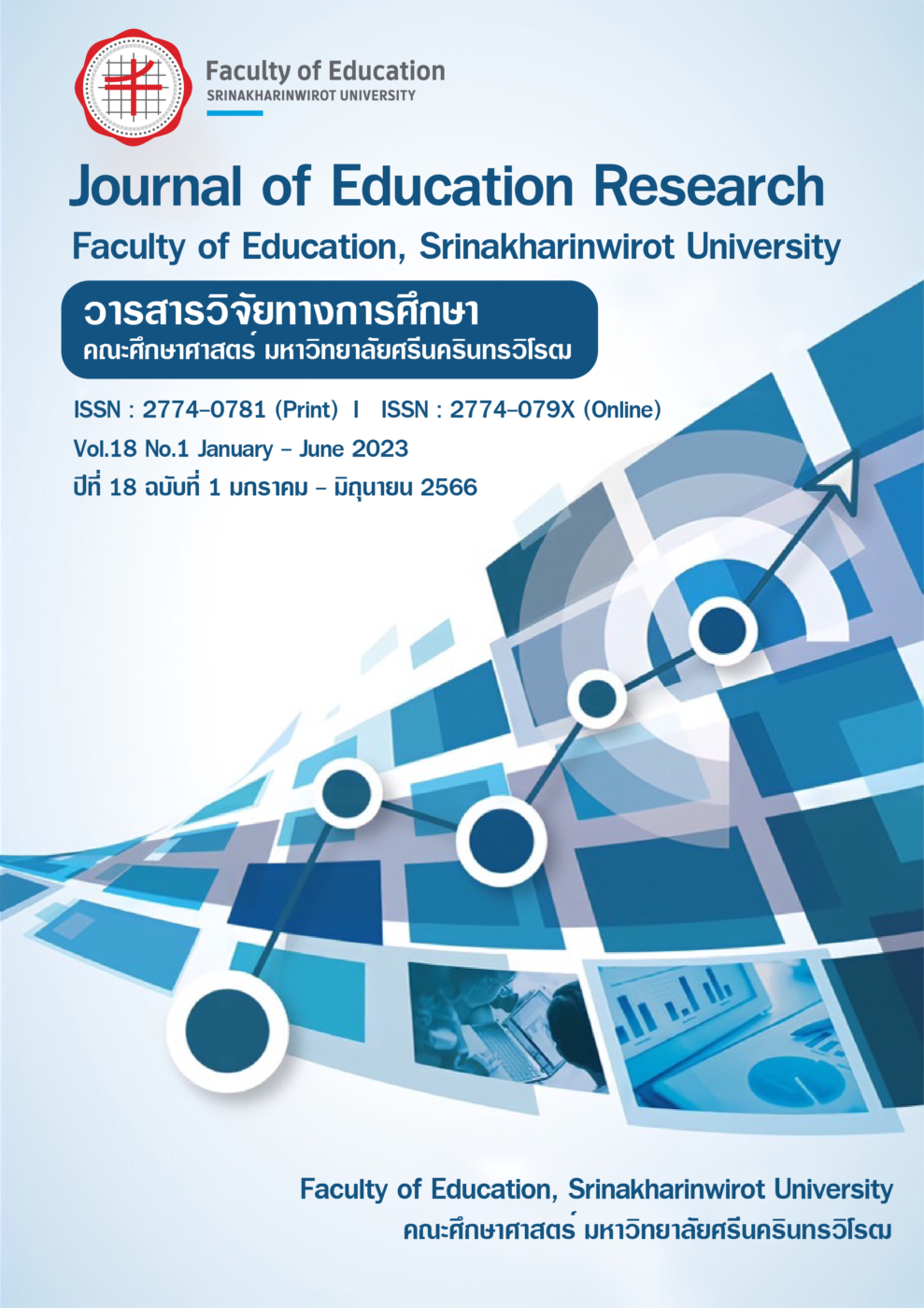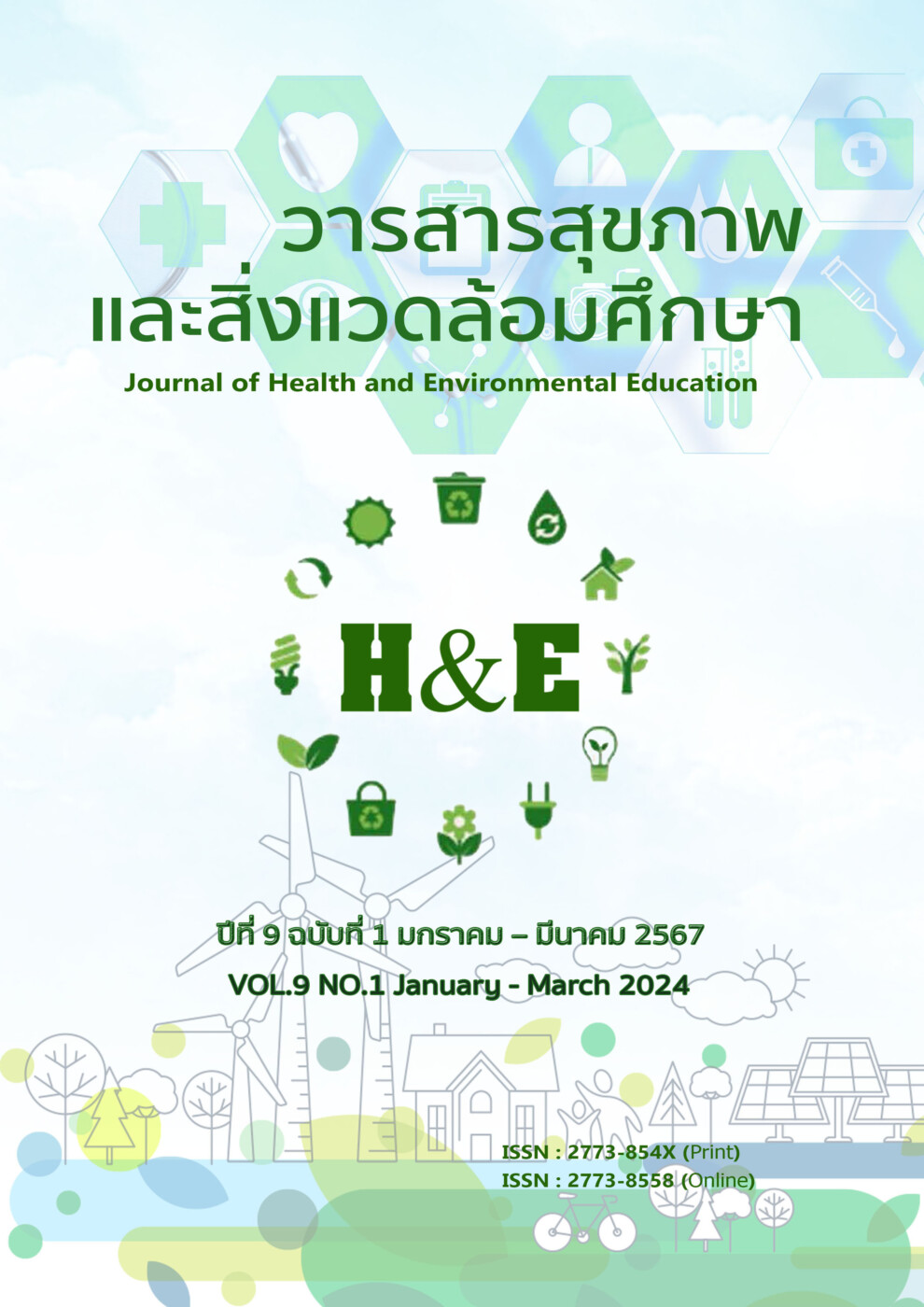Author
Nachima Bakoh
Department of Educational Measurement and Evaluation, Faculty of Education, Yala Rajabhat University
Muhammadafeefeee Assalihee
Department of Islamic Studies, Faculty of Islamic Sciences, Prince of Songkla University
Rusnee Paseloh
Southern Border Youth Creative Association
Failika Yadaeng
Southern Border Youth Creative Association
Elhum Hajimadsalaeh
Department of Islamic Studies, Faculty of Islamic Sciences, Prince of Songkla University
Abstract
This research aimed to examine the effect of a peekaboo storybook on family relationships and the development of preschool children in Muslim families. Using simple random sampling, This quantitative research surveyed 205 parents from four sub-districts in the three southern border provinces who joined the Young Mother Wellness Promotion in Thailand 4.0 Era Project. The study found that most of the parents spent time reading storybooks with their children before bed time, or after finishing their daily activities. Most of them preferred reading storybooks to their children because of attractive designs and illustrations. It was found that major obstacles and limitations to reading storybooks were that parents couldn't manage their time and there were storybooks to read. After receiving Peekaboo storybooks, the parents played Peekaboo with their children every day which was more frequently. Moreover, every parent did play with their children after receiving the storybook. Besides, the parents hug their children more often. In addition, the parents show their love to their children more frequently. The use of Peekaboo storybook affected family relations in the highest level. The issues that were greatly influenced using the storybooks were that 1) the books made parents spent more times with children, 2) the books gave parents knowledge about parenting, and 3) the books motivated parents to improve themselves in parenting, respectively. Moreover, the use of Peekaboo storybooks affected children’s development in high level. The aspects that gained highest positive results were that 1) when hugged and played with, children look cheerful and happy, 2) children are in good mood and joyful, and 3) when children are talked to, they can look into parents’ eyes and at parents’ faces longer, respectively.
Method
Quantitative research
Journal: Journal of Information and Learning [JIL]
Year 2021
Link for more information https://so04.tci-thaijo.org/index.php/jil/article/view/247380




